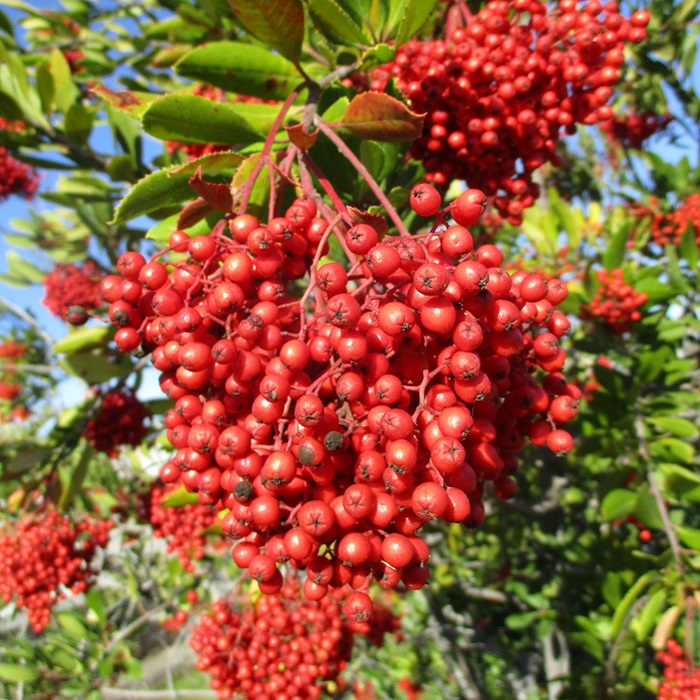UNITED STATES—The main problems with roses locally are not related to climate, soil, insects or disease. Warm and semi-arid climates of California happen to be some of the best places in the World for roses. Sure, many roses have problems with insects such as aphid, and diseases such as powdery mildew, but primarily because such pathogens proliferate among roses that are not pruned properly.
Yes, the main problems with roses are a direct result of improper pruning. Without adequate pruning, roses become overgrown thickets that shelter the pathogens that afflict them, but also lack the vigor to be resistant to damage. Like so many other domesticated plants, they were bred for maximum production of unnaturally big flowers, at the expense of natural resistance to pathogens.
Pruning eliminates superfluous growth and improves air circulation, which interferes with the proliferation of most types of pathogens. Most pathogens overwinter in fallen foliage that should get removed in the process. Pruning also concentrates growth of the next season into fewer new stems, which stimulates vigorous growth that hopefully grows faster than the pathogens that infest it.
Roses should be pruned while dormant in winter, after defoliation, and before buds start to swell at the end of winter. Hybrid tea, floribunda and grandiflora roses should be pruned back to only about three to six canes that grew from the base during the previous year. Older canes should be removed. Remaining canes should be only about two feet tall, and cut just above a healthy bud. Any growth below the graft union (where the basal canes originate) are genetically different suckers (from the understock or rootstock) that must be removed.
As growth resumes in spring, well pruned plants will produce fewer stems and blooms that are significantly more vigorous than those of inadequately pruned plants. Overgrown and inadequately pruned plants must spread their resources thin amongst more but significantly weaker stem growth that is much more likely to be damaged by pathogens. Aggressive pruning now pays off later.
Highlight: toyon
Botanists took a while to contrive an identity for toyon, which is also known as Christmas berry and California holly. It was classified as a species of Crataegus, two different specie of Photinia and two other specie of Heteromeles before it was finally identified as Heteromeles arbutifolia. Meanwhile, the town named after it changed its name only once from Hollywoodland to Hollywood.
Toyon is native to the coastal chaparral regions of California and Baja California, as well as British Columbia, so it can be quite happy with minimal watering or none at all in home gardens. Too much water is likely to rot roots. Fire blight unfortunately seems to be more of a problem in refined landscapes than it is in the wild. Toyon can be pruned up as a small tree, but must not be shorn.
Where it competes with other trees, toyon can get more than 20 feet tall. Those that are well exposed are typically less than 12 feet tall, with nicely well rounded canopies. The evergreen leaves are somewhat serrate and narrow. Fluffy trusses of small white flowers bloom early in summer. Big hanging clusters of bright berries ripen in autumn and linger until birds eat them in winter.
Horticulturist Tony Tomeo can be contacted at tonytomeo.com.






